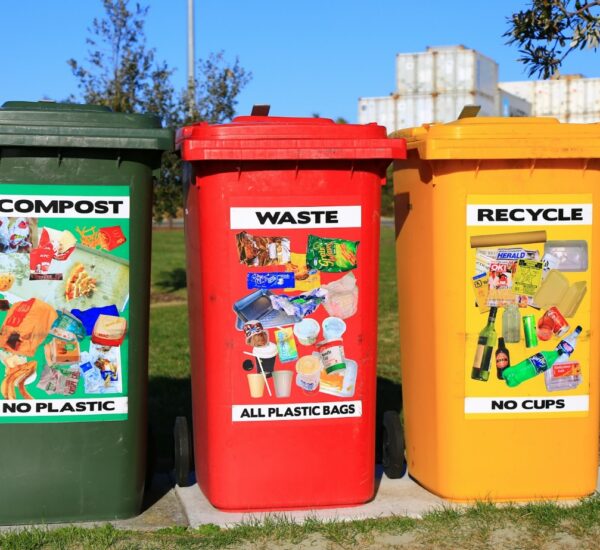For squeaky-clean Singapore, even the local dump is an eco-park with lush green walking trails and migratory birds.
That is because Singapore buries only a fraction of its trash.
This nimble, wealthy city-state crammed on an island 3½ times the size of Washington, D.C., sends only 2% of its solid waste to landfill, burns 38% of it to generate electricity and recycles the remaining 60%.
It’s a model that other cities would do well to emulate. Cities world-wide generate about 1.3 billion tons of solid waste a year—an amount that is expected to reach 2.2 billion tons by 2025, driven mainly by lower-income countries, according to the World Bank.
Perhaps nowhere are the challenges of waste disposal felt as keenly as in Asia’s megacities. In Manila, a city of 12.9 million people, the Smokey Mountain landfill is one of the largest in the world and home to thousands of scavengers who daily are exposed to fumes and toxins. Mumbai, population 12 million, regularly runs out of landfill sites, while Jakarta, 10.3 million, struggles literally with rivers of garbage. Last year, Bangkok and its 9.3 million people were blanketed by smog for weeks when the Thai capital’s landfills caught fire.
Until recently, Singapore, a city of 5.1 million people, also was threatened by a rising tide of garbage. Back in 2000, Singapore was generating 7, 600 tons of waste a day, nearly six times as much as 30 years earlier, and onshore landfills had run out of space. But with its small size and strong economy, it was able to implement new initiatives quickly and efficiently.
Eugene Tay, executive director of the Singapore-based nonprofit Zero Waste SG, says Asian megacities can learn a lot from Singapore. “They need to step back and emphasize on the ‘reduce’ and ‘reuse’ part of the cycle, and then look at disposal as a final option, ” he says.
Beginning in 2001, the government began a program to boost recycling rates. It built a landfill on the island of Semakau on land reclaimed from the sea. Waste sorting and recycling was introduced for residences. A collection system was introduced, and schools, offices, shopping malls and industry were brought under the recycling program. By the end of 2005, 56% of all Singapore households had taken part in the recycling program.
Singapore also turned to incinerating waste, which both reduced the volume going into landfills and produced electricity. Now its four waste-to-energy plants account for almost 3% of the country’s electricity needs, and recycling rates are at an all-time high of 60%. By comparison, the U.S. sent 53% of its solid waste to landfills in 2013, recycled only 34% of waste and converted 13% into electricity, according to the Environmental Protection Agency.
The Singapore National Environment Agency says it is planning a fifth waste-to-energy plant, to be operational by 2019. It is also planning a new waste-processing facility that will bring all types of waste-handling under one roof, along with a water-reclamation plant, to boost energy efficiency and recover maximum resources from waste.




